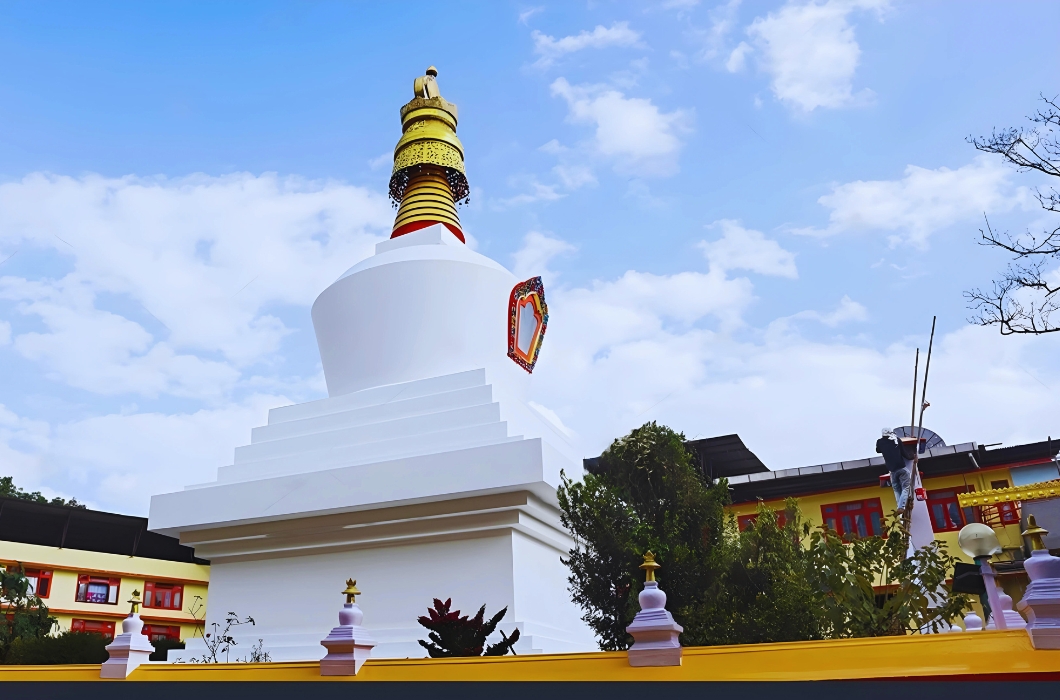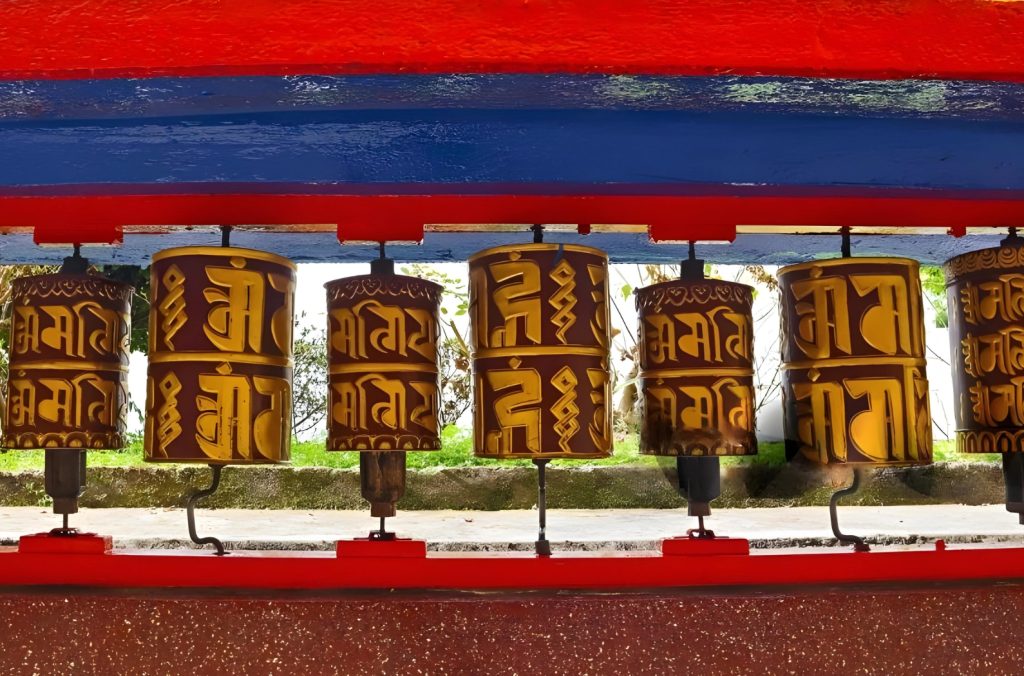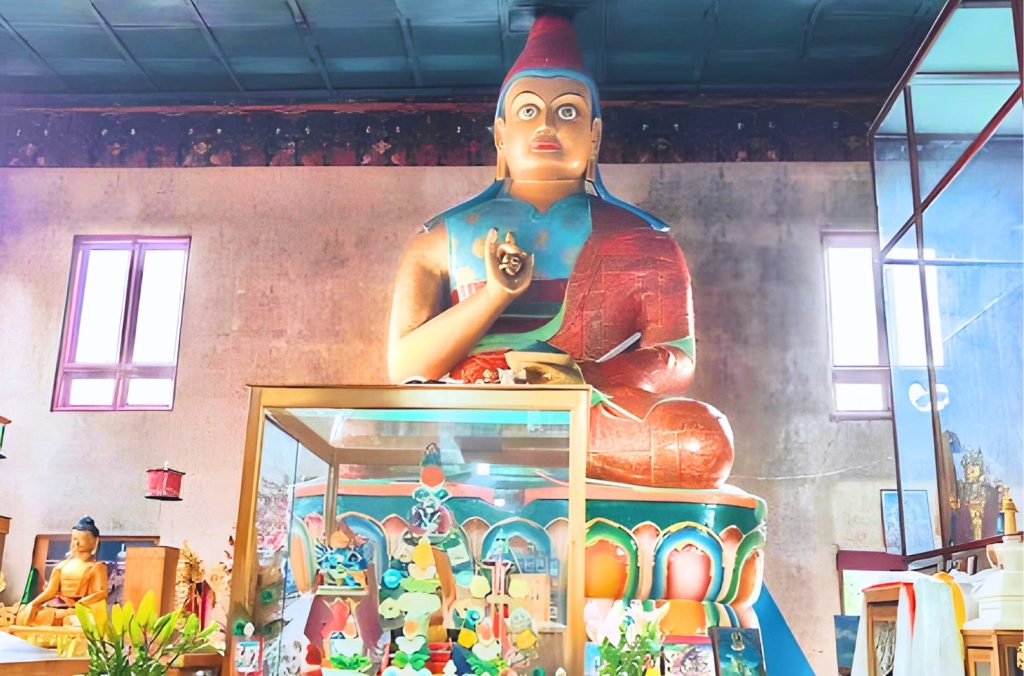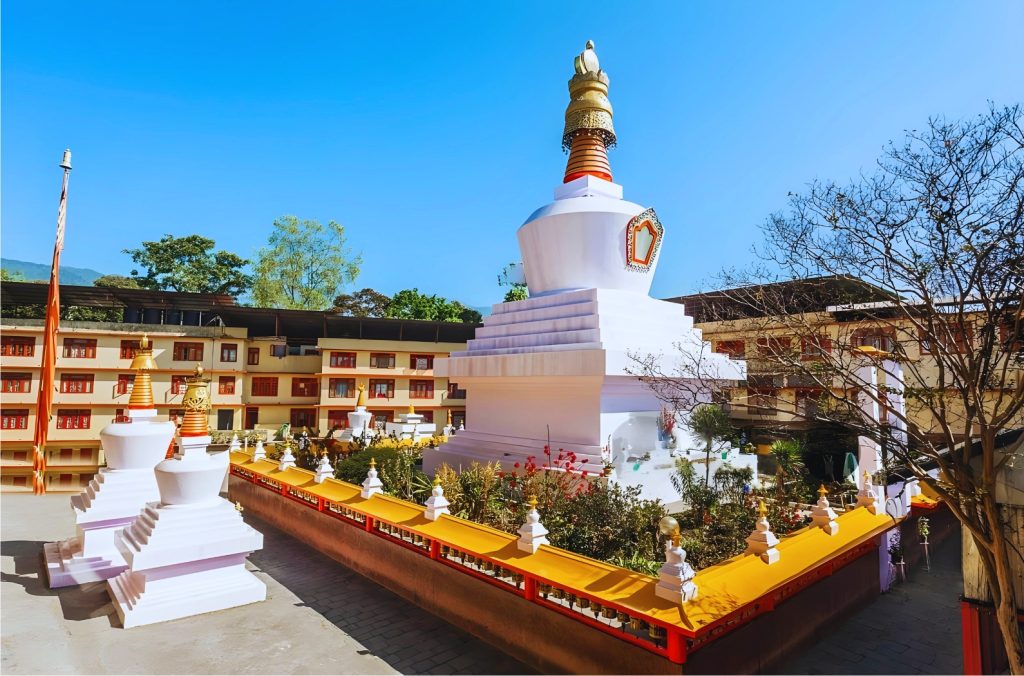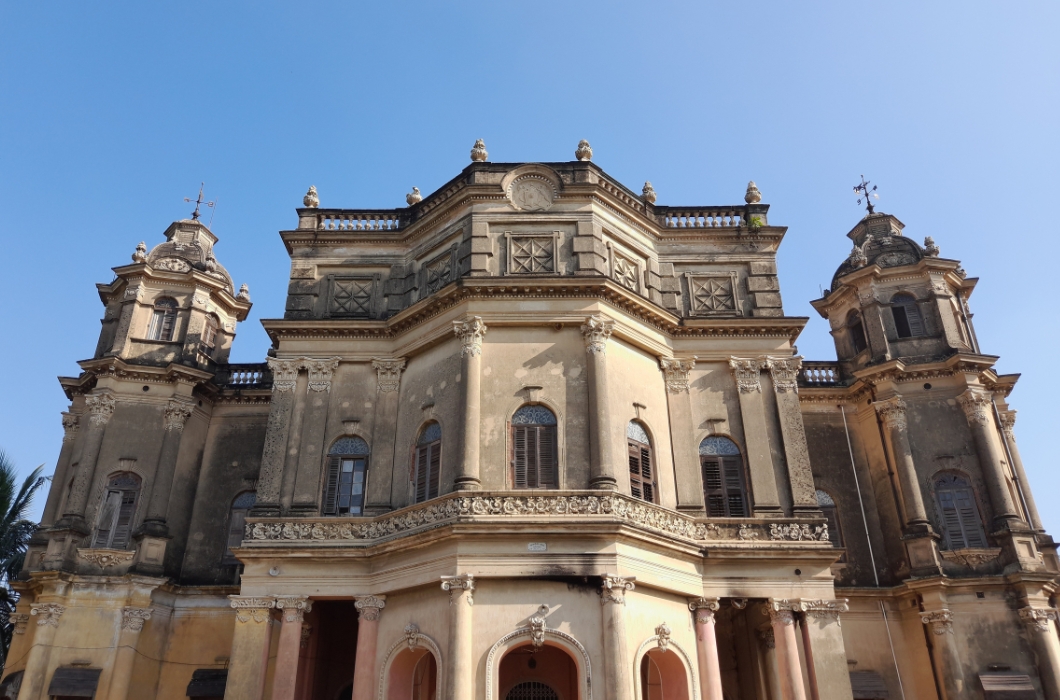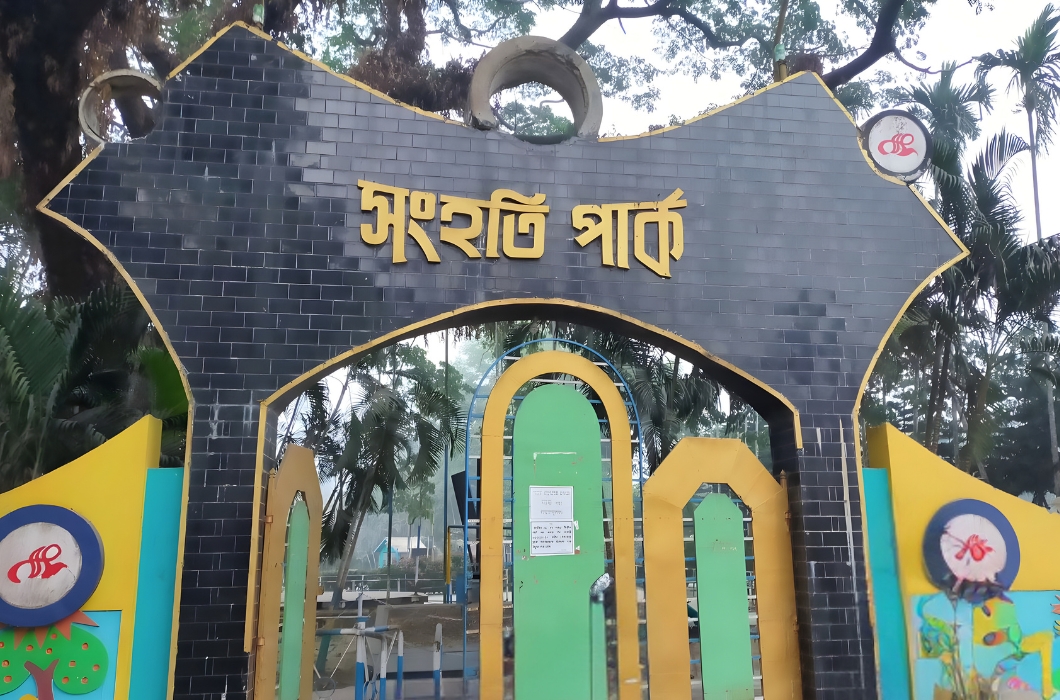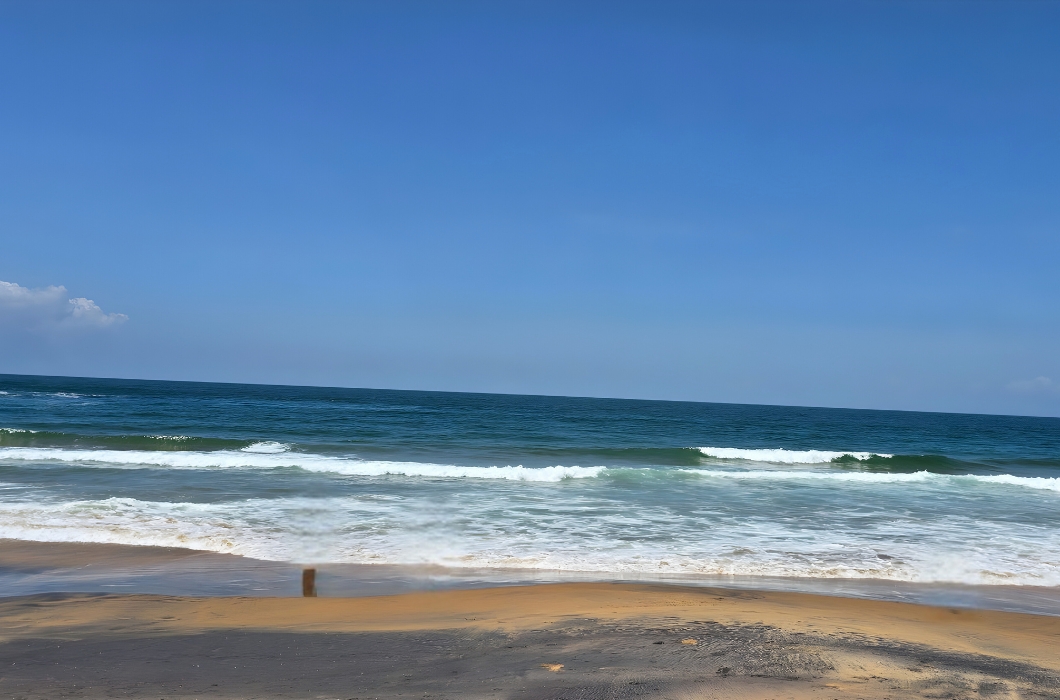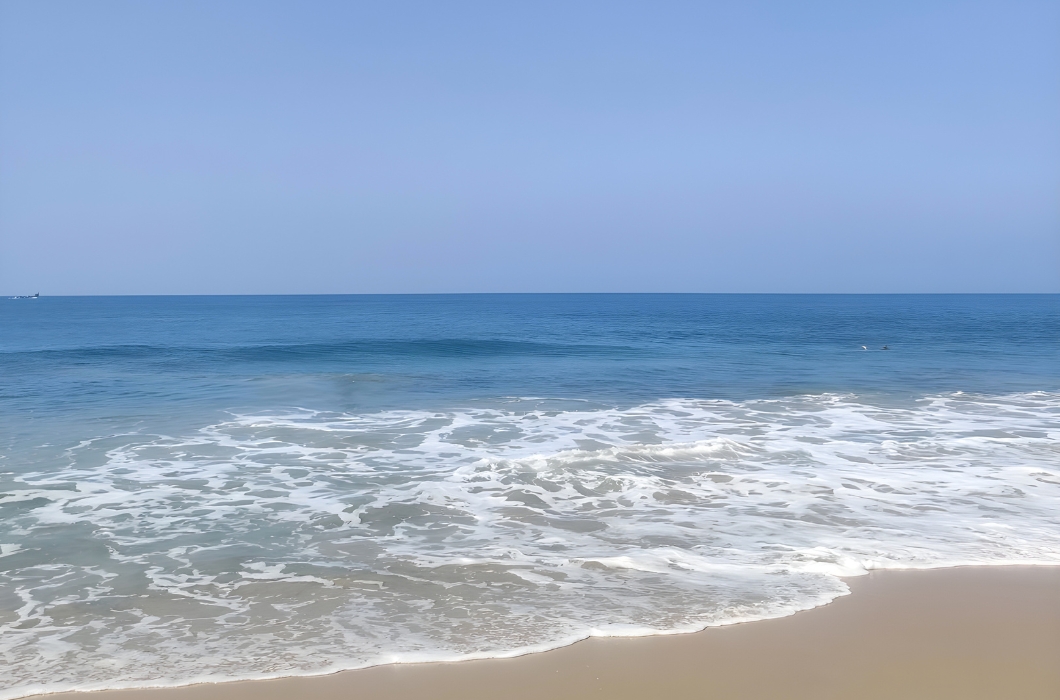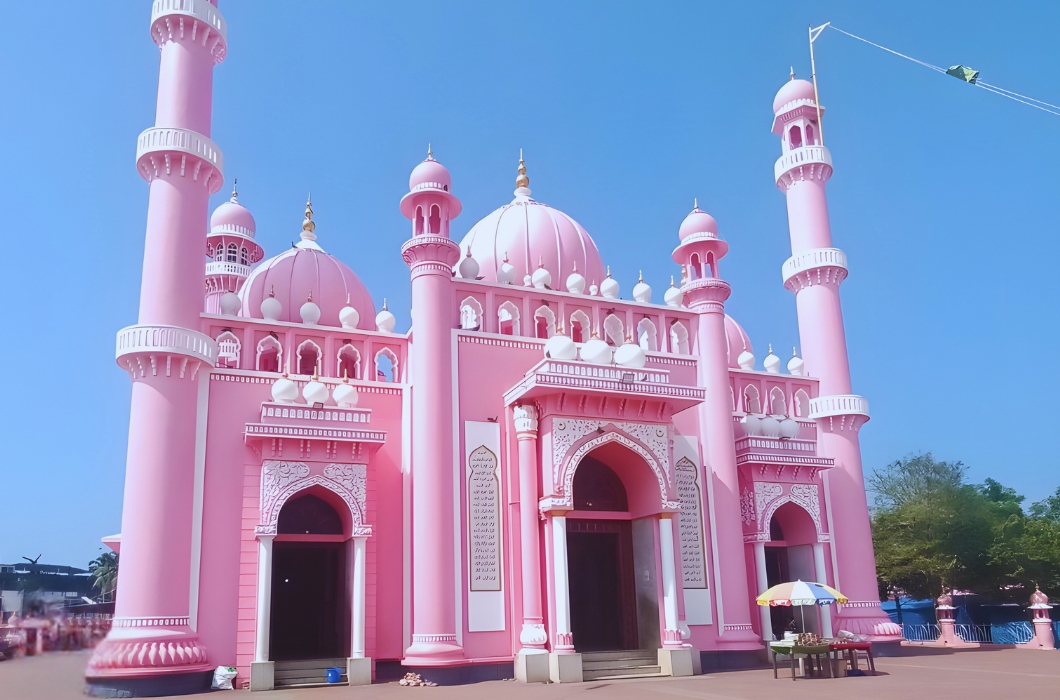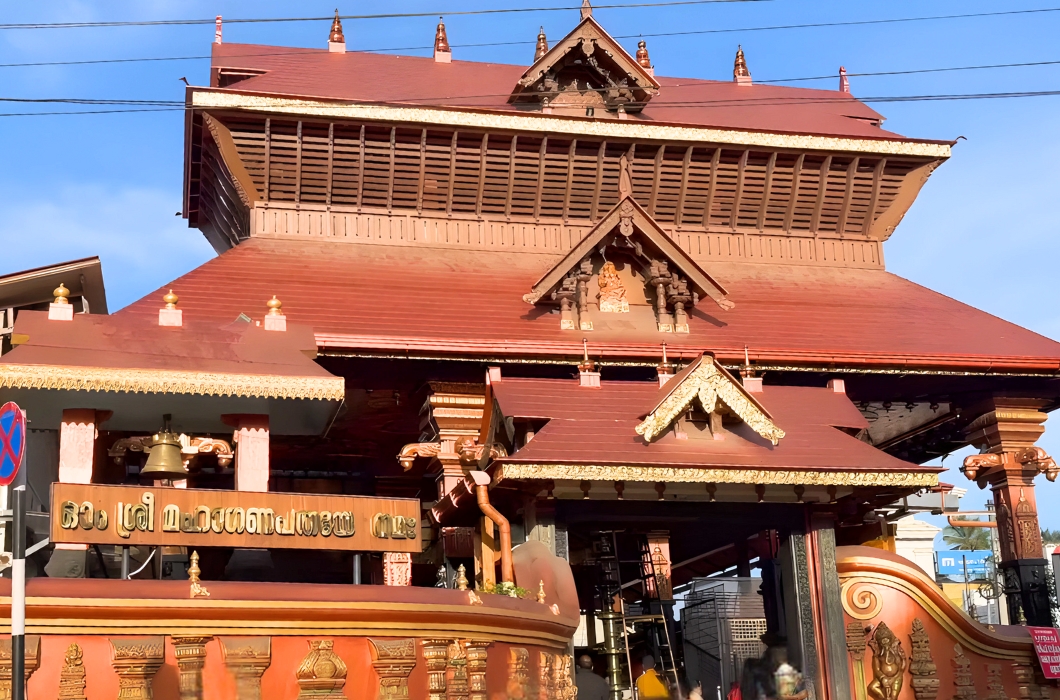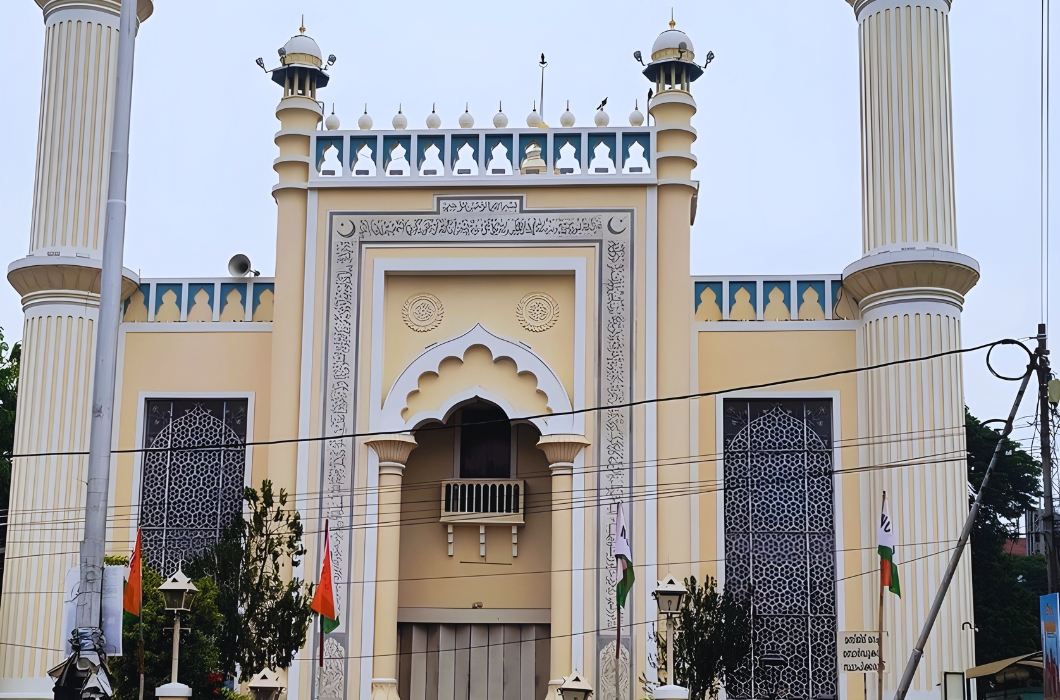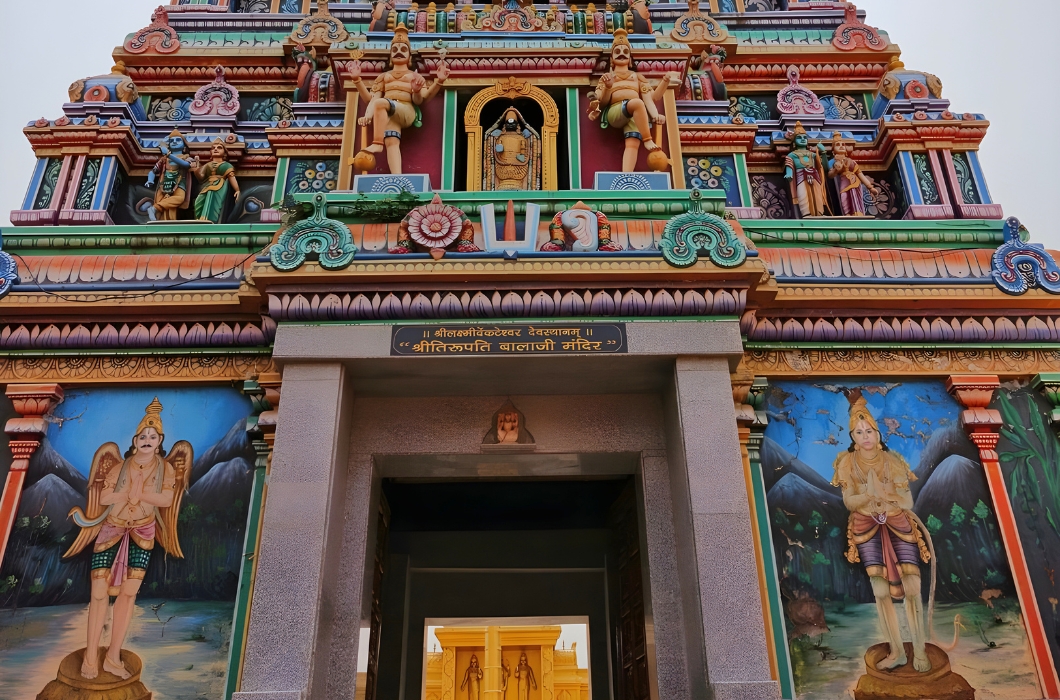Gangtok, Sikkim’s Do Drul Chorten is a Buddhist stupa located three kilometers from the Gangtok SNT Bus Station. One of the most impressive and largest stupas in Gangtok, it is located next to the Namgyal Institute of Tibetology and is a popular destination for Gangtok tourists. Often referred to as Phurba, the white Chorten Stupa is visible from different locations in Gangtok and is distinguished by a golden top dome. Vajra Kilaya, also known as Dorjee Phurpa, is the name of the deity housed atop the stupa. Chorten Lhakhang, which encircles the Chorten, is home to two enormous statues of Guru Rinpoche (also known as Guru Padmasambhava). Constructed according to Dud-Zom Rinpoche’s wishes, the stupa is encircled by 108 prayer wheels. Om Mani Padme Hum is a holy inscription etched on these prayer wheels. Holy scriptures, relics, full mantras, and various other religious artefacts are housed inside the Chorten Stupa. The big stupa is surrounded by several smaller ones. Jhang Chup Chorten is one of them; it was constructed in Trulshig Rinpoche’s honor following his passing. After the passing of Trulshig Rinpoche, Dodhrubchen Rinpoche, a well-known lama, arrived and set up his dhamma preaching centre on these same grounds. The structure can hold roughly seven hundred monks. Travellers from all across the state are drawn to this location to pay respects to the hallowed stupa.
Share On Social:
Facebook
Twitter
Pinterest
WhatsApp

